vent hood 911!
bicyclegirl1
10 years ago
Related Stories
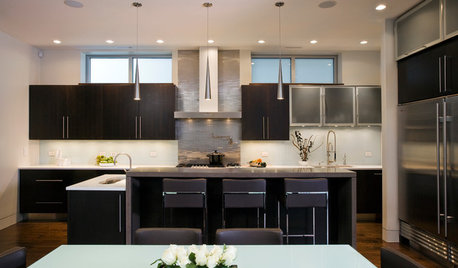
SHOP HOUZZShop Houzz: Bestselling Range Hoods and Vents
Shop our most popular range hoods and vents to modernize your kitchen
Full Story0
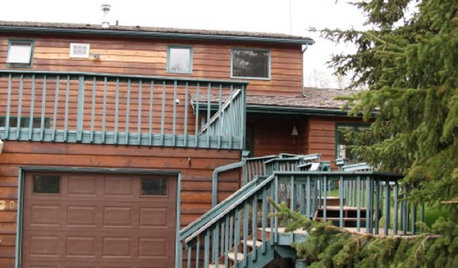
Ideabook 911: My House Needs a Facelift!
Houzz Member Gets Ideas for Sprucing Up This Deck and Garage
Full Story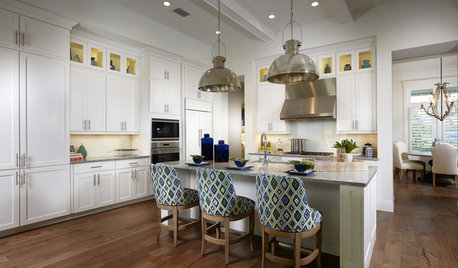
SHOP HOUZZShop Houzz: Large Kitchen Appliance Sale
Save up to 25% on modern ovens, ranges, cooktops, hoods, vents and more
Full Story0

KITCHEN DESIGNA Cook’s 6 Tips for Buying Kitchen Appliances
An avid home chef answers tricky questions about choosing the right oven, stovetop, vent hood and more
Full Story
5 Stunning Modern Range Hoods
Today's kitchen range hoods can look like sleek sculptures. Here's what to look for when you go shopping for one
Full Story
KITCHEN DESIGNHow to Choose the Right Hood Fan for Your Kitchen
Keep your kitchen clean and your home's air fresh by understanding all the options for ventilating via a hood fan
Full Story
KITCHEN APPLIANCESThe Many Ways to Get Creative With Kitchen Hoods
Distinctive hood designs — in reclaimed barn wood, zinc, copper and more — are transforming the look of kitchens
Full Story
KITCHEN DESIGNWhat to Know When Choosing a Range Hood
Find out the types of kitchen range hoods available and the options for customized units
Full Story
KITCHEN APPLIANCESWhat to Consider When Adding a Range Hood
Get to know the types, styles and why you may want to skip a hood altogether
Full Story





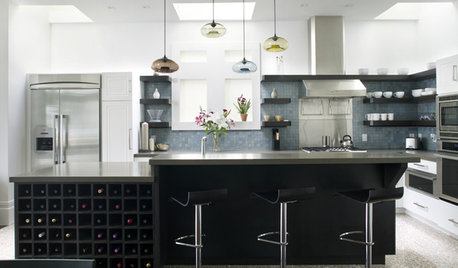
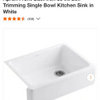



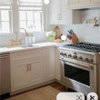
GauchoGordo1993
bicyclegirl1Original Author
Related Professionals
Hammond Kitchen & Bathroom Designers · Highland Kitchen & Bathroom Designers · Piedmont Kitchen & Bathroom Designers · Piedmont Kitchen & Bathroom Designers · Olympia Heights Kitchen & Bathroom Designers · South Sioux City Kitchen & Bathroom Designers · Broadlands Kitchen & Bathroom Remodelers · Clovis Kitchen & Bathroom Remodelers · Honolulu Kitchen & Bathroom Remodelers · Phoenix Kitchen & Bathroom Remodelers · Wilson Kitchen & Bathroom Remodelers · Jeffersontown Cabinets & Cabinetry · National City Cabinets & Cabinetry · Hermosa Beach Tile and Stone Contractors · Honolulu Design-Build Firmssnoonyb
GauchoGordo1993
jterrilynn
GauchoGordo1993
snoonyb
bicyclegirl1Original Author
GauchoGordo1993
jterrilynn
snoonyb
oldbat2be